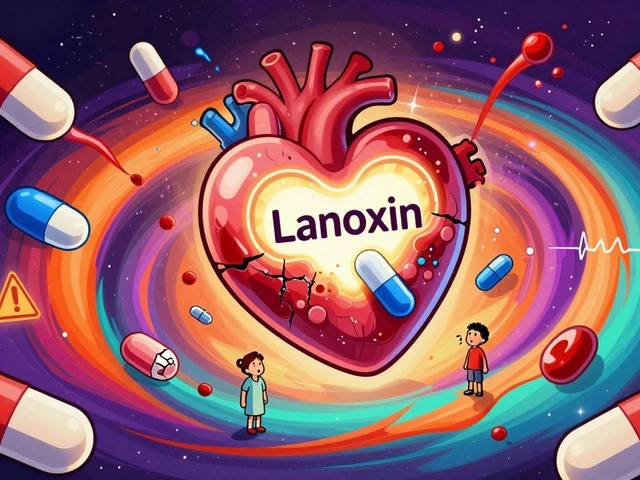Paracetamol Alternatives: Your Quick Guide
When looking for paracetamol alternatives, medicines that can replace paracetamol for pain or fever control. Also known as acetaminophen substitutes, it helps you avoid side‑effects or find a better fit for your condition.
One of the most common questions is why you might need a replacement at all. Paracetamol alternatives become useful when you have liver concerns, when you need stronger anti‑inflammatory action, or simply when you prefer a different dosing schedule. The right choice depends on the type of pain, the presence of inflammation, and any existing health issues.
Key Players in the Alternative Landscape
First up is Ibuprofen, a non‑steroidal anti‑inflammatory drug (NSAID) that reduces pain, fever, and swelling. Ibuprofen influences inflammation differently than paracetamol, so it’s a go‑to for joint aches or sports injuries. Next, consider Aspirin, an older NSAID that also thins blood and can prevent heart attacks. Aspirin is handy when you need both pain relief and cardiovascular protection. Another solid option is Naproxen, an NSAID with a longer half‑life, meaning you take it less often. Naproxen works well for chronic conditions like arthritis because it stays active longer in the body.
All three belong to the broader class of NSAIDs, drugs that block prostaglandin production to reduce pain and inflammation. Understanding this class helps you see why they share side‑effects such as stomach irritation, but also why each has a unique profile.
Here are three simple rules to guide your choice. First, match the drug to the pain type: use ibuprofen for short‑term injuries, naproxen for long‑lasting aches, and aspirin when you also need blood‑thinning effects. Second, check your health history: people with ulcers or kidney issues should avoid NSAIDs and stick with paracetamol or its safer alternatives. Third, consider dosing convenience: naproxen’s twice‑daily schedule can be easier than ibuprofen’s three‑to‑four‑times‑daily routine.
These rules create a clear semantic chain: paracetamol alternatives → NSAIDs → specific drugs (ibuprofen, aspirin, naproxen). The chain shows that choosing an alternative requires understanding both the drug class and the individual’s medical background.
Beyond the big three, there are other options worth mentioning. For mild fever in kids, diphenhydramine‑combined syrups sometimes include acetaminophen, but you might prefer a pure ibuprofen formulation. For people who can’t tolerate any NSAID, low‑dose opioids or topical analgesics like diclofenac gel provide pain relief without systemic side‑effects.
When you decide to switch, do it gradually. Starting with a low dose of the new drug and monitoring for stomach upset or allergy signs helps you avoid nasty surprises. If you’re on blood thinners, talk to your doctor before adding aspirin, as the combination can increase bleeding risk.
Finally, keep your pharmacy informed about every medication you take, including over‑the‑counter options. This simple step lets the pharmacist flag potential interactions and suggest the safest paracetamol alternative for you.
Now that you have a solid overview of the main alternatives, their uses, and how to pick the right one, you’re ready to dive into the detailed articles below. They break down each drug’s dosing, side‑effects, and special considerations, so you can make an informed choice for any pain or fever situation.
Pim-800 (Paracetamol) vs Common Pain Reliever Alternatives - Full Comparison
A detailed look at Pim-800 (paracetamol) and how it measures up against ibuprofen, aspirin, naproxen, diclofenac, and acetaminophen - benefits, risks, and best uses.





